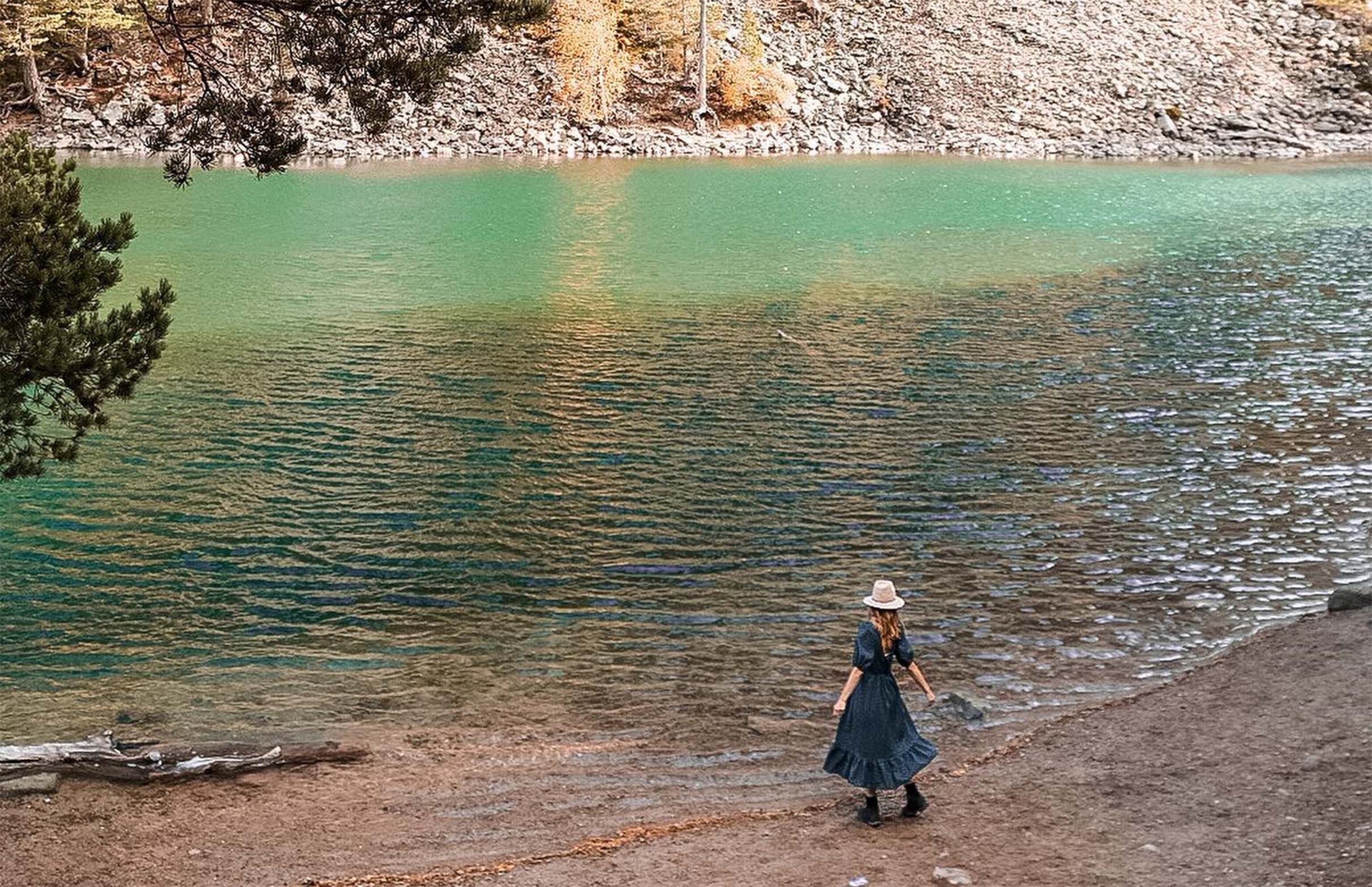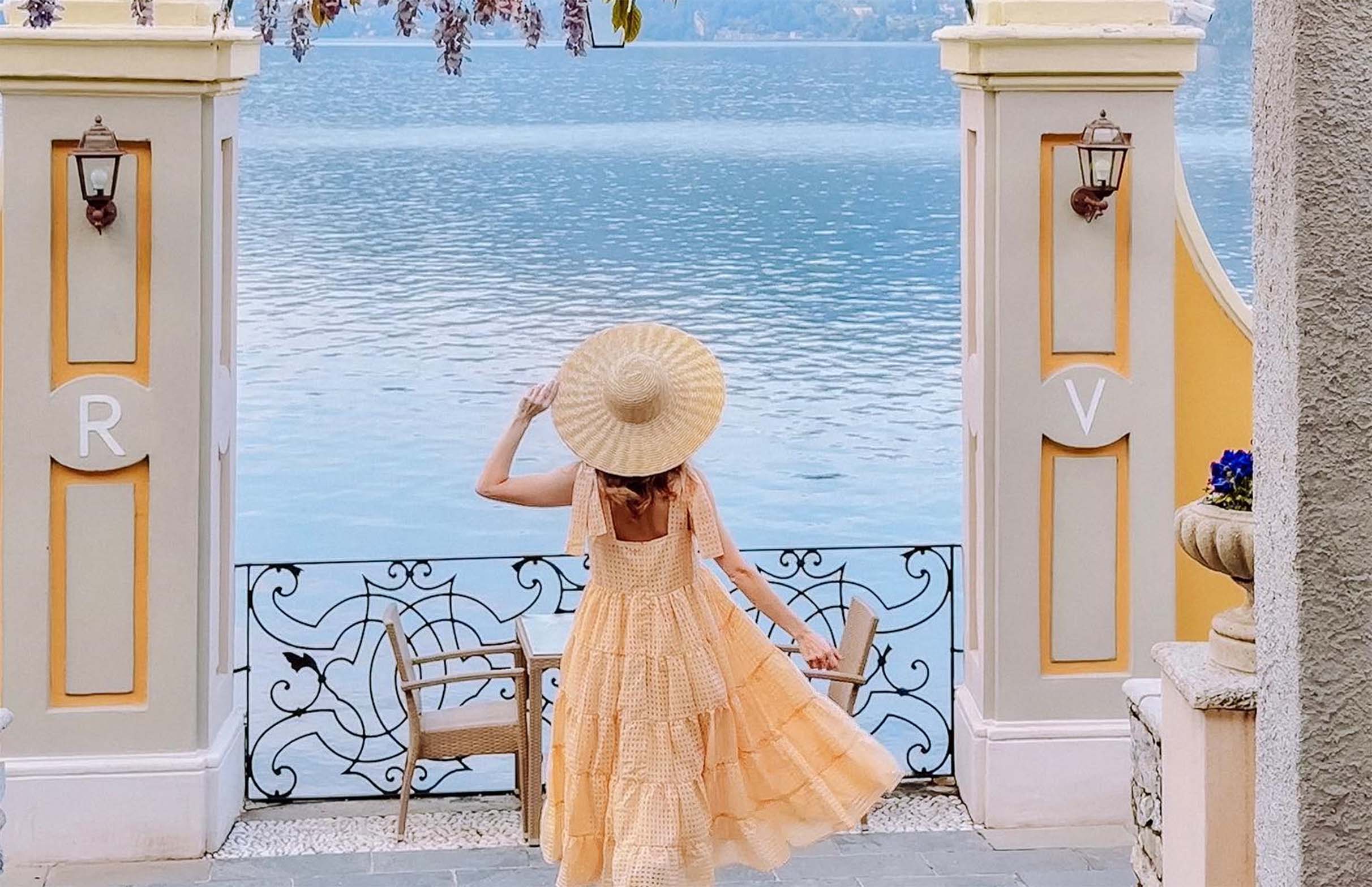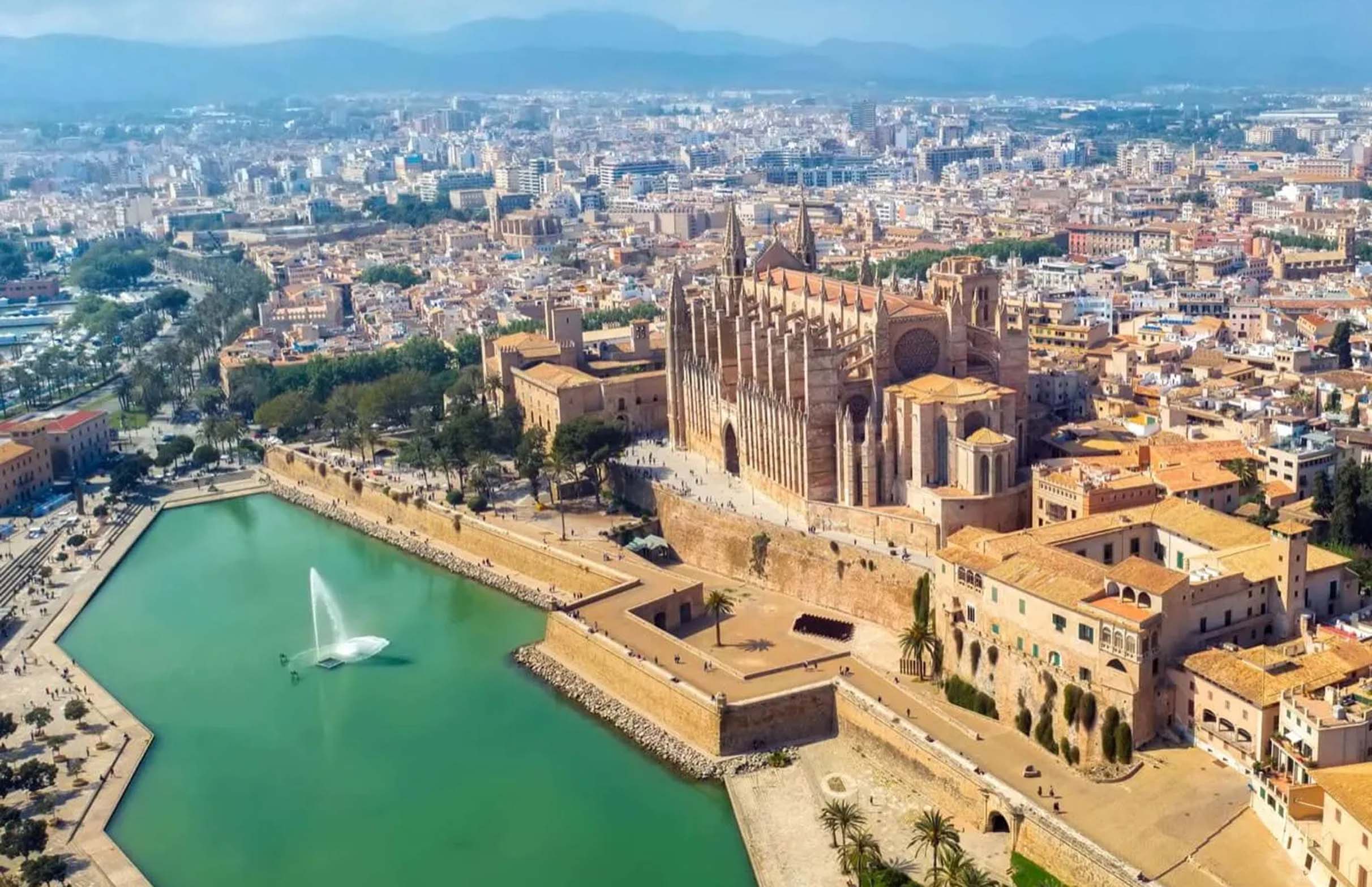Table of Contents
- Preparing for My Highland Photography Adventure
- Discovering the Beauty of the Scottish Highlands
- The Art and Techniques of Highland Photography
- Building Connections with Highland Locals
- Prioritizing Safety in Highland Exploration
Recently, I embarked on an unforgettable journey through the mesmerizing landscapes of the Scottish Highlands. The rugged and untamed beauty of the Highlands is something that words can scarcely capture. It’s a place where every turn feels like a living painting, beckoning to be preserved in a photograph.
I’ll share the secrets I’ve discovered for capturing the breathtaking landscapes of the Scottish Highlands through the lens of your camera. Whether you’re a photography enthusiast like me or a traveler simply wanting to preserve the beauty you encounter, these in-depth tips will ensure that you make the most of your Highland adventure.
1. Preparing for My Highland Photography Adventure
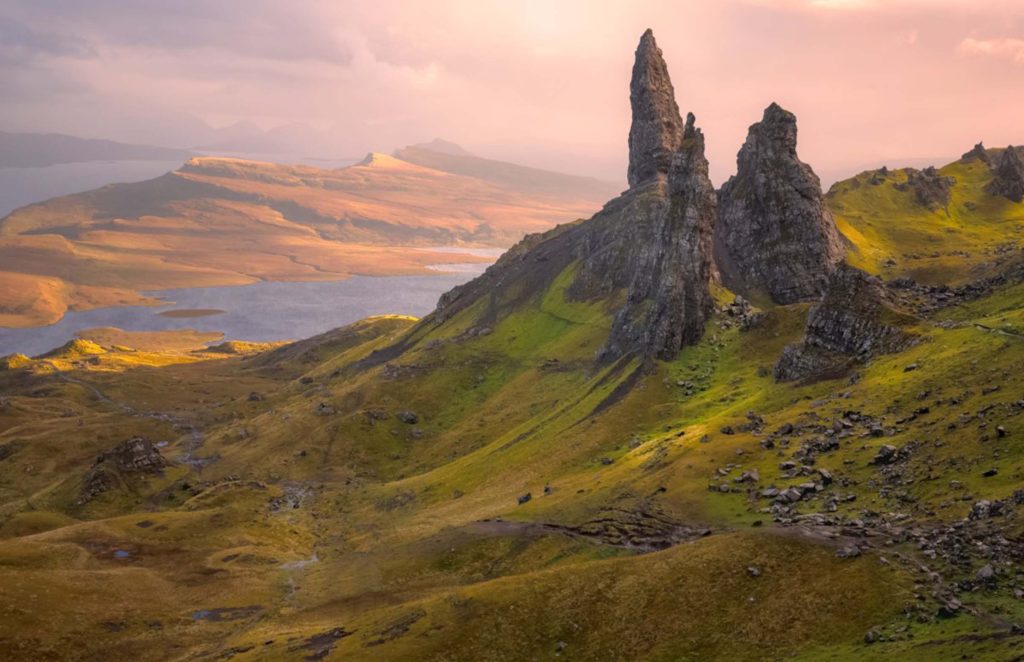
Selecting the Perfect Photography Gear
Before I even set foot in the Highlands, I knew that choosing the right photography equipment was crucial. Here are some recommendations I followed:
- Camera: I opted for a DSLR camera with manual settings. This provided me with greater control over my shots. However, I also packed my smartphone, knowing that modern phones can capture stunning images.
- Lenses: A versatile zoom lens was my choice. It covered both wide-angle and telephoto ranges, giving me flexibility in capturing the Highland vistas. A wide-angle lens lets you capture sweeping landscapes, while a telephoto lens can bring distant details up close and personal.
- Tripod: A sturdy tripod became my constant companion. It’s an absolute necessity, especially for long-exposure shots, low-light conditions, or when you need that extra bit of stability.
- Filters: To have complete control over my exposure, I brought along neutral density (ND) filters. These are essential for achieving stunning long-exposure effects. Additionally, I had polarizing filters to reduce glare and enhance the colors of the sky.
Dressing for Highland Weather
The Scottish Highlands are notorious for their unpredictable weather, even in November. I knew that dressing in layers and carrying waterproof clothing were imperative. Here’s what I recommend:
- Layering: Dress in layers. This way, you can easily adjust your clothing as the weather changes throughout the day.
- Waterproof Clothing: Invest in a reliable rainproof jacket and pants. Trust me; you’ll thank yourself when you’re caught in a sudden Highland rain shower.
- Warm Clothing: Don’t forget to pack warm clothing. Temperatures can drop quickly, especially in the evenings. Having some thermal layers in your bag is a wise choice.
Ensuring Adequate Power and Storage
I had a feeling that the Highland landscapes would captivate me, and I’d be clicking away incessantly. To ensure I didn’t run into the dreaded situation of running out of power or storage space, I took these precautions:
- Spare Batteries: Carrying spare camera batteries is a must. Highland beauty is endless, and you don’t want to miss out because your camera ran out of juice.
- Extra Memory Cards: Similarly, I had plenty of extra memory cards on hand. These are essential for storing all those stunning shots you’ll be taking.
2. Discovering the Beauty of the Scottish Highlands
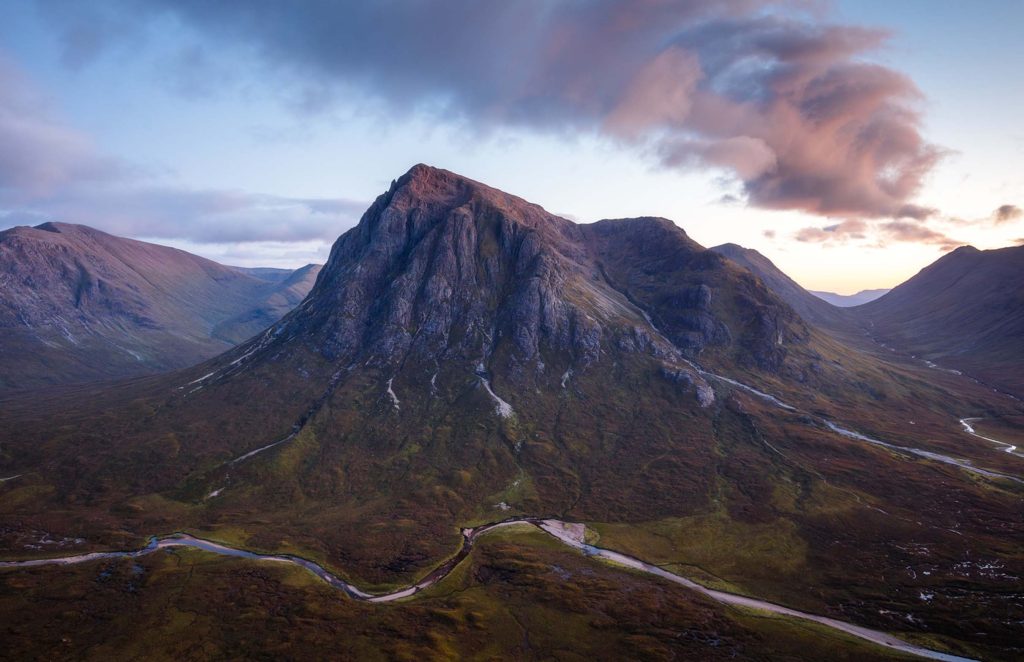
Photogenic Locations in the Highlands
The Scottish Highlands are a haven for landscape photographers. The variety of breathtaking locations is staggering. Here are some that I found to be particularly captivating:
- Glencoe: This place is legendary for its dramatic and rugged terrain. It offers awe-inspiring views of towering peaks and deep valleys. I felt like I had stepped into a movie scene.
- Isle of Skye: The Isle of Skye is like a fairy tale come to life. It’s adorned with iconic landmarks like the Old Man of Storr and the Quiraing. The landscapes here are simply otherworldly.
- Loch Ness: Loch Ness, famous for its mythical inhabitant, offers not only a chance for monster-spotting but also stunning Highland scenery. The surrounding landscapes are picturesque and great for photography.
- The Cairngorms: Scotland’s largest national park, the Cairngorms, was a diverse landscape waiting to be explored. It’s a place where forests, mountains, and pristine lakes coexist in harmony.
Mastering the Art of Natural Light
One of the secrets to capturing the Highland landscapes in all their glory is mastering the use of natural light. Here are some tips I discovered:
- Golden Hour: The “golden hour” occurs shortly after sunrise and before sunset. It’s the time when the soft, warm light can transform your photos into something magical. I planned many of my shoots during these times.
- Embracing Changing Weather: Patience is key in the Highlands. Waiting for dramatic weather changes, such as moody clouds, mist, or rain, can add depth and mood to your shots. Some of my most captivating photos were taken when the weather was in flux.
- Sun Position Awareness: I used mobile apps and websites to track the position of the sun and moon. Knowing their locations at different times of the day helped me plan my shots with the ideal lighting and moon phases.
3. The Art and Techniques of Highland Photography

The Unfailing Tripod
A tripod became my trusted ally in the Highlands. It provides the stability necessary for capturing those perfect shots. Here’s how I made the most of it:
- Sturdy Support: Ensuring that your tripod is stable, even on uneven terrain, is essential. You may need to adjust the tripod legs or use additional weights in windy conditions to keep it steady.
- Precise Composition: A tripod allows you to carefully compose your shots. This ensures consistency and sharpness across a series of images. I often took multiple shots of the same scene, adjusting my composition slightly each time.
Perfecting Exposure and Shutter Speed
Landscape photography often requires adjustments to exposure settings. Here are some techniques to consider:
- Manual Mode Mastery: I switched to manual mode to take full control of my camera’s settings, including aperture, shutter speed, and ISO. This allowed me to fine-tune each shot.
- Long Exposures: To capture the silky flow of waterfalls or create misty landscapes, I used a slow shutter speed (e.g., 2-5 seconds) in combination with an ND filter. This technique gave the water a dreamy and ethereal quality.
- Bracketing: Bracketing involves taking multiple shots at different exposures. This technique ensures that you capture details in both shadows and highlights, which can be blended in post-processing to create a well-exposed image.
The Magic of Creative Composition
Composition is the heart of creating compelling Highland landscape photos. Consider these principles:
- Rule of Thirds: I divided my frame into thirds both horizontally and vertically. Placing key elements along these lines or at their intersections often resulted in beautifully balanced compositions.
- Leading Lines: Natural features such as roads, rivers, or fences can be used to guide the viewer’s eye into the frame, adding depth and interest to the image.
- Foreground Fascination: Including intriguing elements in the foreground can add depth and draw viewers into the scene, making it more immersive. I often scouted for interesting foreground objects like rocks or wildflowers.
4. Building Connections with Highland Locals
Interacting with the friendly Highland locals can significantly enrich your experience and your photography. The people here are warm and welcoming, and I felt right at home. Don’t hesitate to strike up conversations, ask for advice on hidden gems, or request permission to photograph their property or the charming Highland livestock. The locals often have incredible stories to share about the land they call home.
5. Prioritizing Safety in Highland Exploration
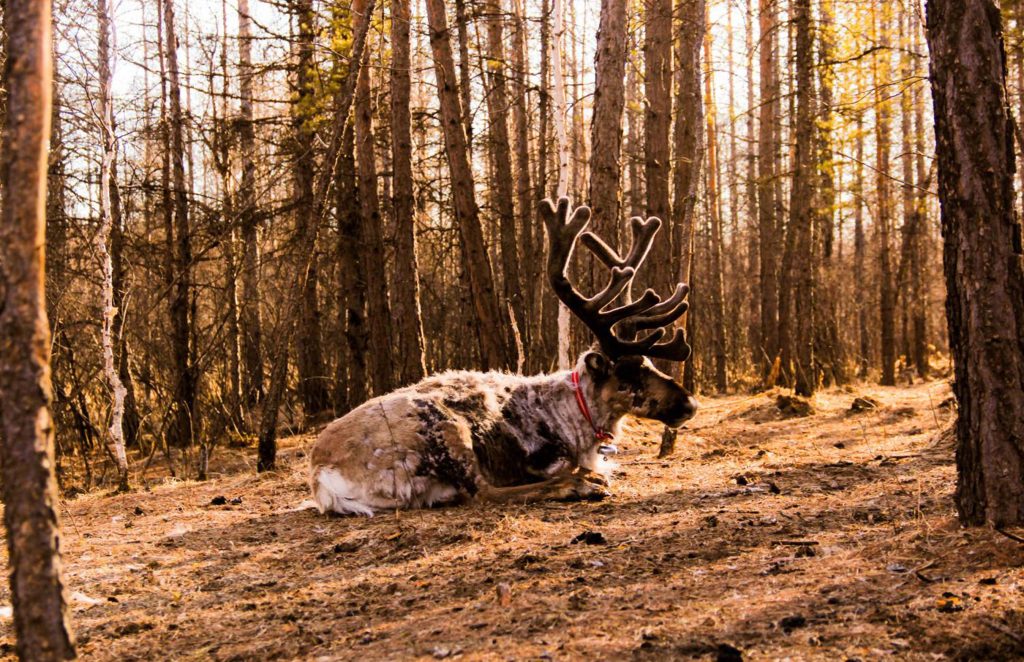
Safety should always be your top priority, especially when exploring the remote Highland landscapes. Here are some safety tips to keep in mind:
- Inform Someone: Always let someone trustworthy know your travel plans, including your intended routes and estimated return time. I made sure to inform my family and a close friend about my itinerary.
- Weather Awareness: Keep a close eye on weather forecasts and be prepared for rapid changes in conditions. The Highlands can be sunny one minute and shrouded in mist the next.
- Navigation Aids: I carried detailed maps, a reliable compass, and even a GPS device to ensure I didn’t get lost in the wilderness. The terrain can be challenging to navigate, and having the right tools is essential.
- Emergency Contacts: It’s crucial to save emergency contact numbers in your phone. Additionally, ensure you have a backup power source for your mobile device. In the Highlands, phone signal can be unreliable, so being prepared for emergencies is essential.
Capturing the stunning landscapes of the Scottish Highlands is an immensely rewarding experience for any photographer or traveler. With the right preparation, equipment, and techniques, you can immortalize the raw and untamed beauty of this unique region. Remember to immerse yourself in the magic of natural light, explore the photogenic locations, and apply creative composition to create images that not only document but also convey the story of your Highland adventure.
As you embark on your Highland journey, take time to savor the moment and relish the breathtaking views. The Highlands have a way of leaving an indelible mark on your heart, and the memories you create through your photographs will last a lifetime. Happy shooting!
